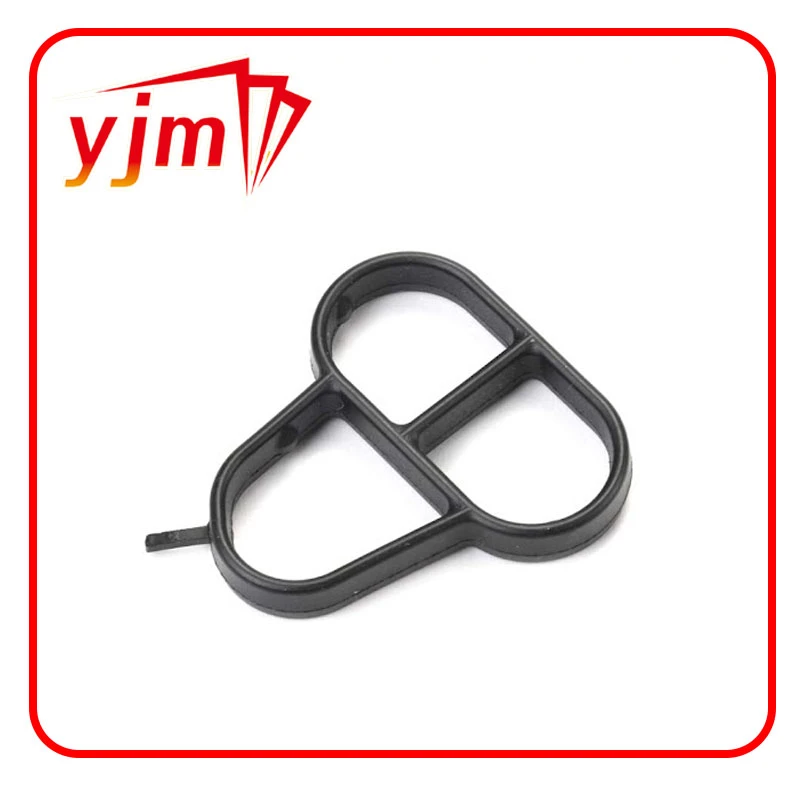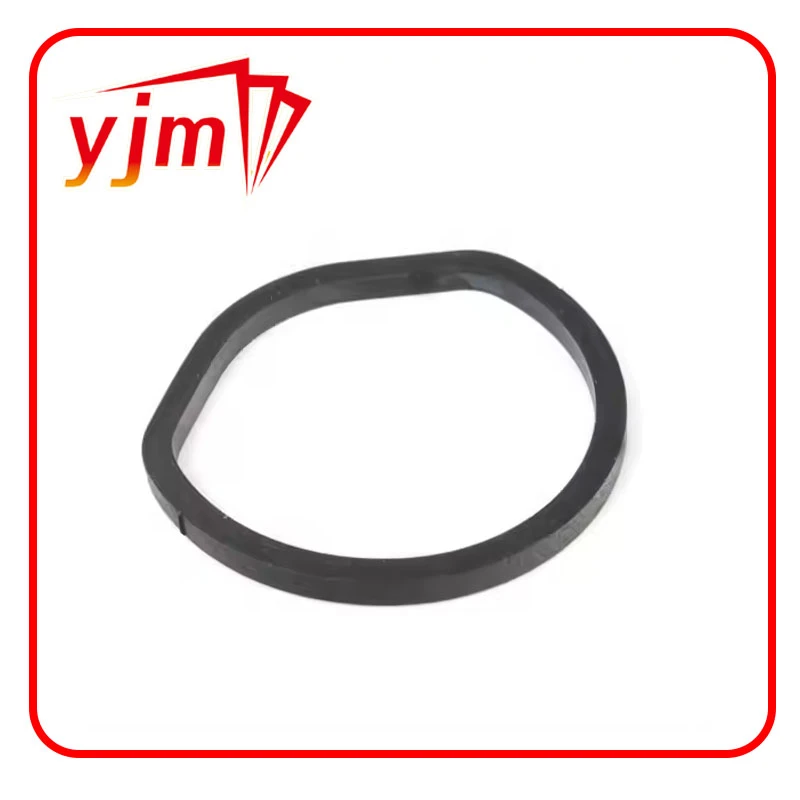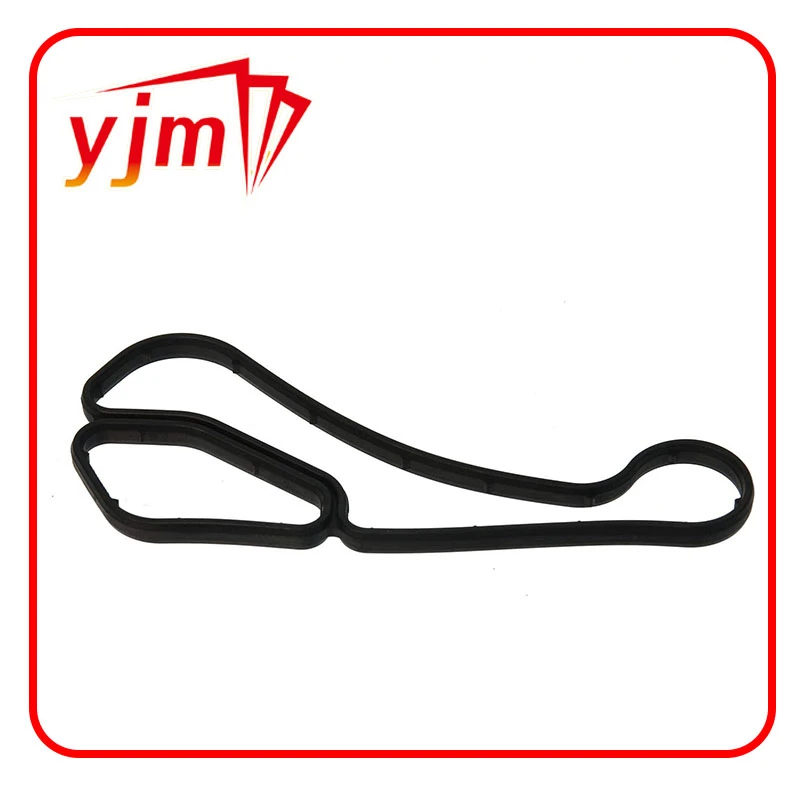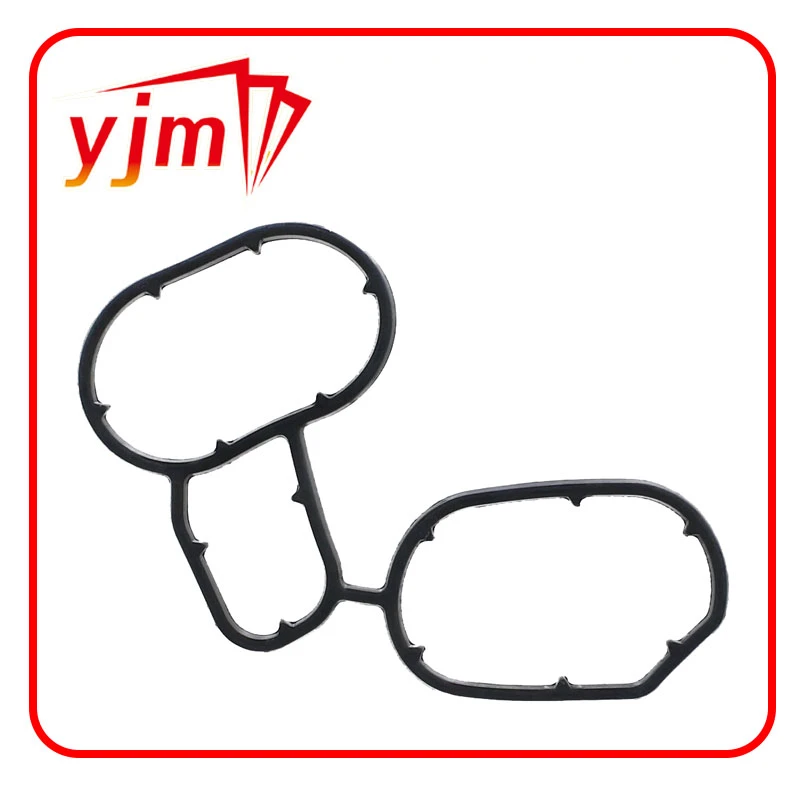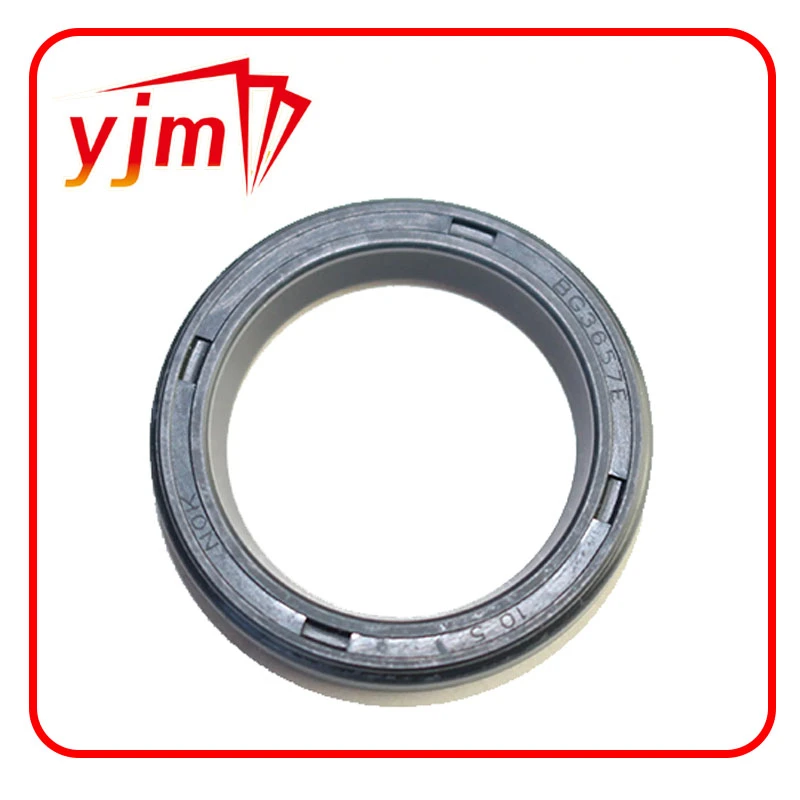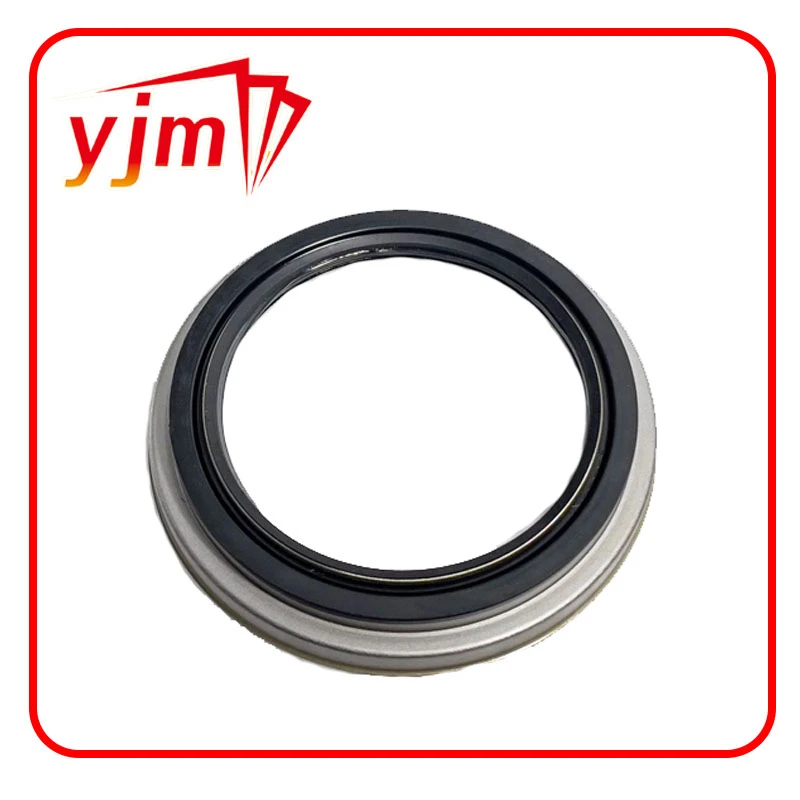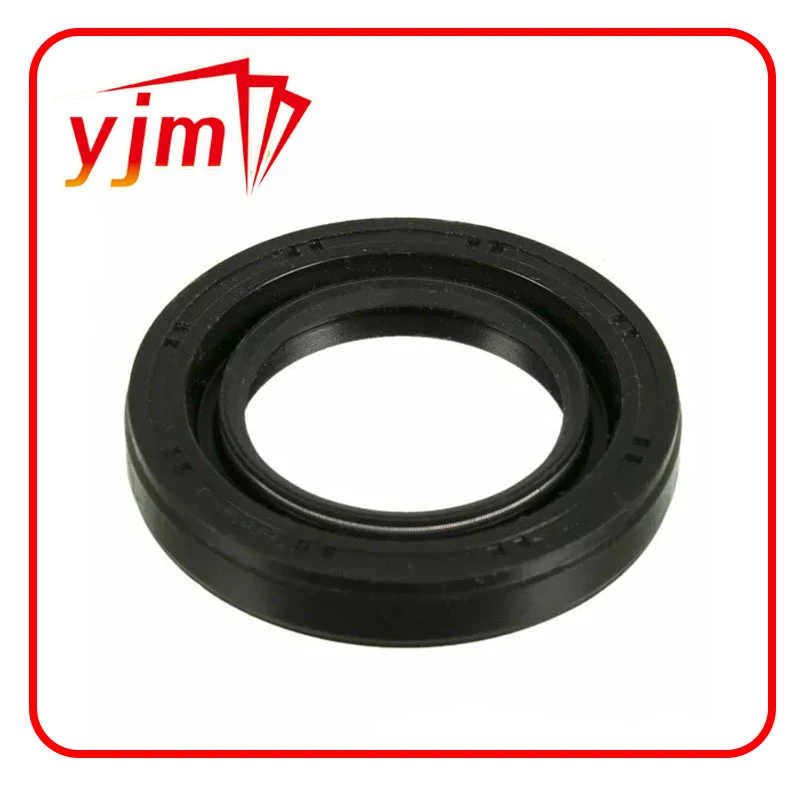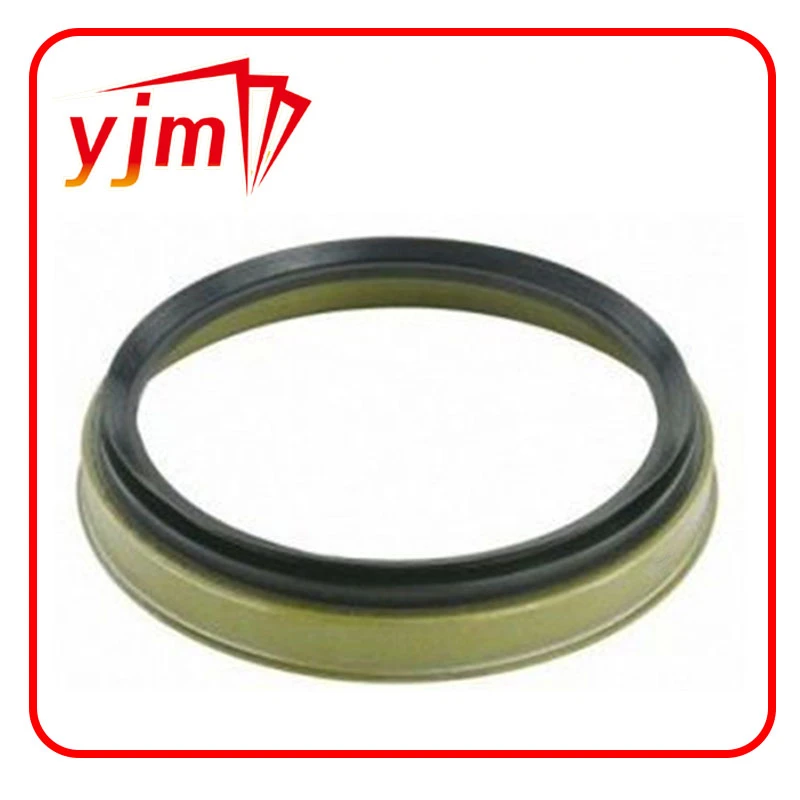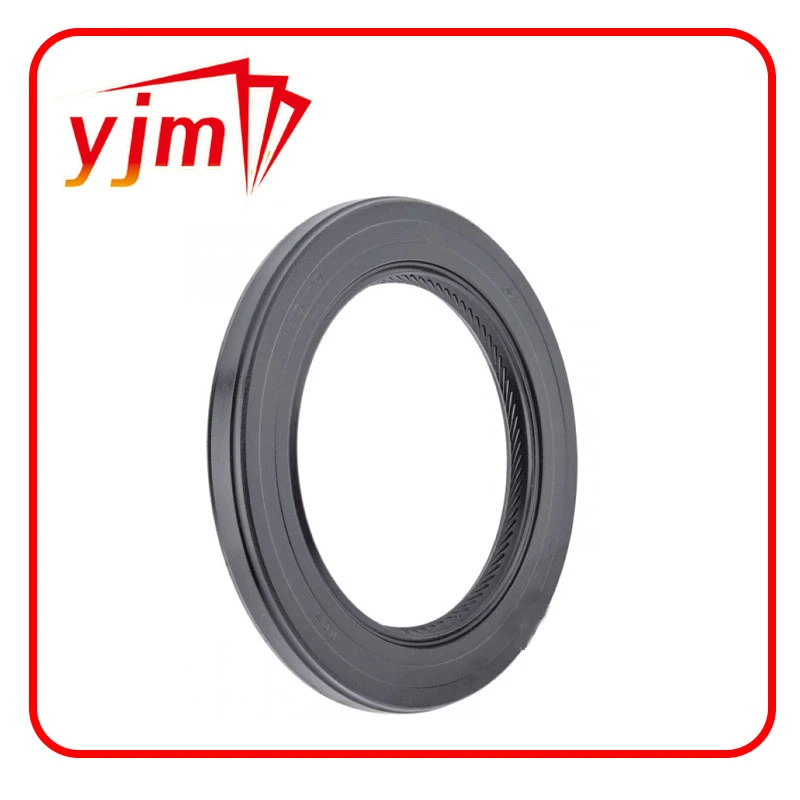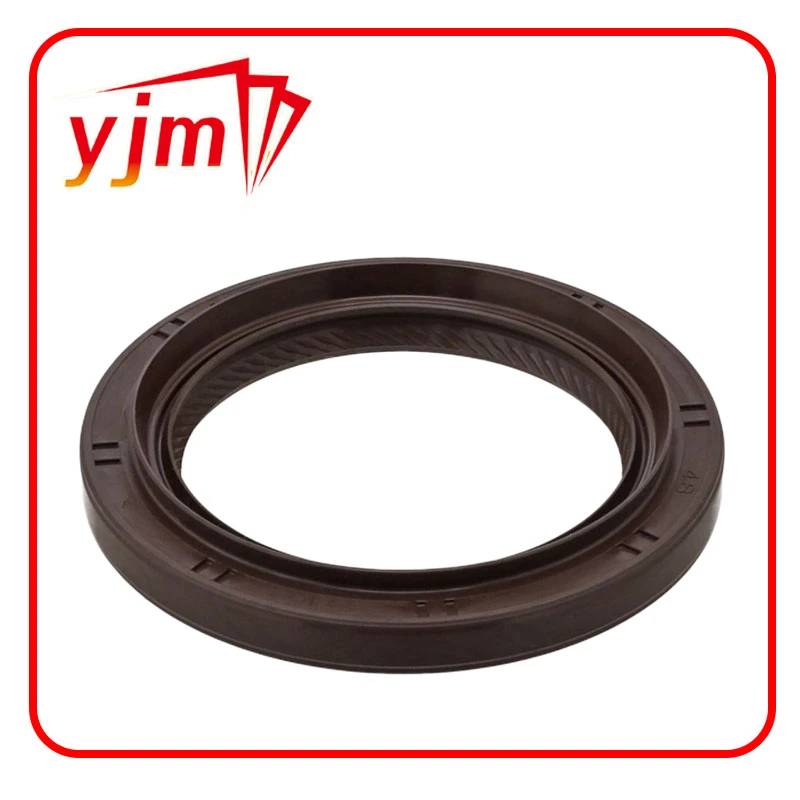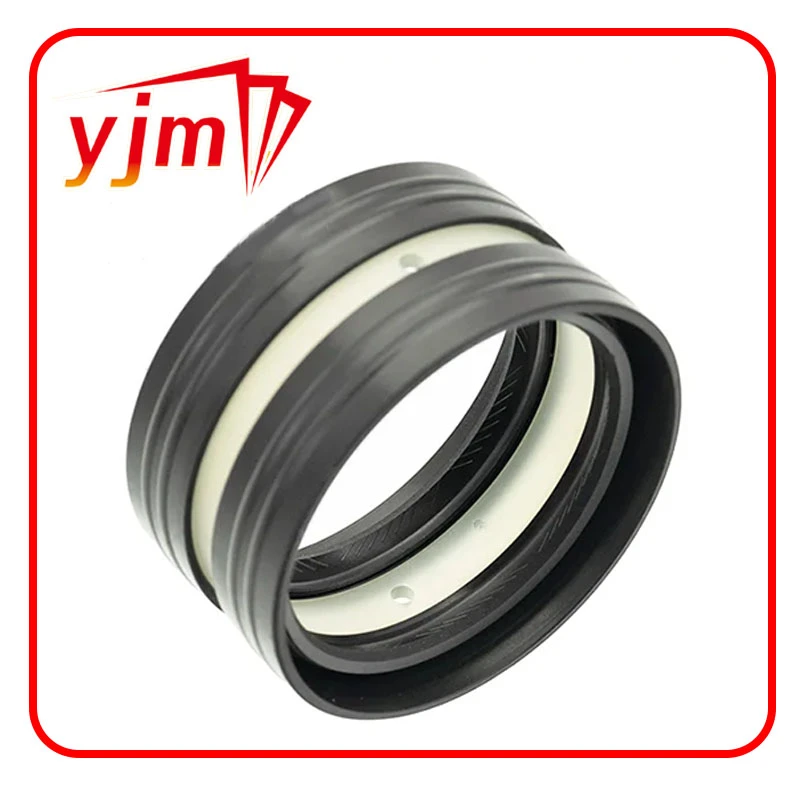half shaft seal replacement
Replacing Half Shaft Seals A Comprehensive Guide
Half shafts, also known as axle shafts, are critical components in a vehicle's drivetrain, transferring power from the differential to the wheels. One of the common issues associated with half shafts involves the seals that prevent fluid leaks. Over time, these seals can wear out, leading to oil leaks, which can affect the overall performance of your vehicle. This article will guide you through the process of replacing half shaft seals, ensuring you maintain the integrity of your vehicle’s drivetrain.
Understanding the Half Shaft Seal Function
Half shaft seals are designed to keep lubricating fluid within the axle assembly. They prevent external contaminants from entering and maintaining the right level of lubrication for smooth operation. If a seal becomes damaged or worn, you might notice fluid leaks or unusual noises from the axle area. Addressing this issue promptly is crucial to avoid further damage and costly repairs.
Symptoms of a Failing Half Shaft Seal
Recognizing the signs of a failing half shaft seal is the first step in addressing the problem. Common symptoms include
1. Fluid Leaks If you observe oil spots where your vehicle is parked, it may be due to leaking half shaft seals. 2. Unusual Noises Grinding or clicking noises while turning could indicate that the seals have failed, allowing dirt and debris into the axle assembly. 3. Vibration An imbalance caused by fluid loss might lead to vibrations during driving.
Tools and Materials Needed
Before you begin the replacement process, gather the necessary tools and materials
- Jack and jack stands - Wrench set - Screwdrivers - Pliers - Replacement half shaft seals - Lubricating grease - Clean rags - Drain pan
Step-by-Step Replacement Process
half shaft seal replacement

1. Preparation Park your vehicle on a flat surface, engage the parking brake, and place a drain pan underneath to catch any leaking fluid.
2. Lifting the Vehicle Use the jack to lift the vehicle, then secure it with jack stands. Ensure the vehicle is stable before you proceed.
3. Removing the Wheel Use a wrench to remove the lug nuts and take off the wheel to access the half shaft.
4. Disconnecting the Half Shaft Depending on your vehicle model, you may need to remove the bolts connecting the half shaft to the differential or the wheel hub. Use the appropriate tools and take care not to damage any components.
5. Removing the Old Seal Once the half shaft is disconnected, locate the seal. Use a seal puller or screwdriver to carefully pry the old seal out of its housing. Clean the area thoroughly to remove any debris or old sealant.
6. Installing the New Seal Apply a bit of lubricating grease to the new seal’s lip to ensure a smooth fit. Press the new seal into place, ensuring it sits evenly – an improperly seated seal can lead to leaks.
7. Reinstalling the Half Shaft Reconnect the half shaft to the differential or wheel hub, tightening all bolts securely to manufacturer specifications.
8. Reassembling the Wheel Once the half shaft is in place, reattach the wheel and snug the lug nuts before lowering the vehicle.
9. Final Checks Lower your vehicle off the jack stands and fill the differential with fresh lubricant if necessary. Start your vehicle and check for any leaks around the newly installed seal.
Conclusion
Replacing half shaft seals can seem like a daunting task, but with the right tools and a bit of mechanical knowledge, it can be a manageable DIY project. Regular maintenance and early detection of seal wear can extend the lifespan of your vehicle’s drivetrain components, ensuring safe and efficient operation. If you feel uncomfortable performing this replacement yourself or if you encounter any complications, don’t hesitate to consult with a professional mechanic. Safe driving!
-
The Ultimate Guide to Car Repair Kits: Tools and Essentials Every Driver Should Own
News Aug.01,2025
-
The Complete Guide to Oil Pan Gaskets: Sealing Engine Leaks the Right Way
News Aug.01,2025
-
Preventing Oil Leaks: A Complete Guide to Oil Pan Gaskets and Drain Seals
News Aug.01,2025
-
Everything You Need to Know About Oil Pan Gaskets and Drain Plug Seals
News Aug.01,2025
-
Essential for Car Owners: How to Use a Car Repair Kit to Deal with Minor Breakdown
News Aug.01,2025
-
Comprehensive Guide to Engine Oil Sump Gaskets and Related Seals
News Aug.01,2025
-
The Ultimate Guide to Boat Propeller Bearings and Trailer Wheel Bearings
News Jul.31,2025
Products categories

